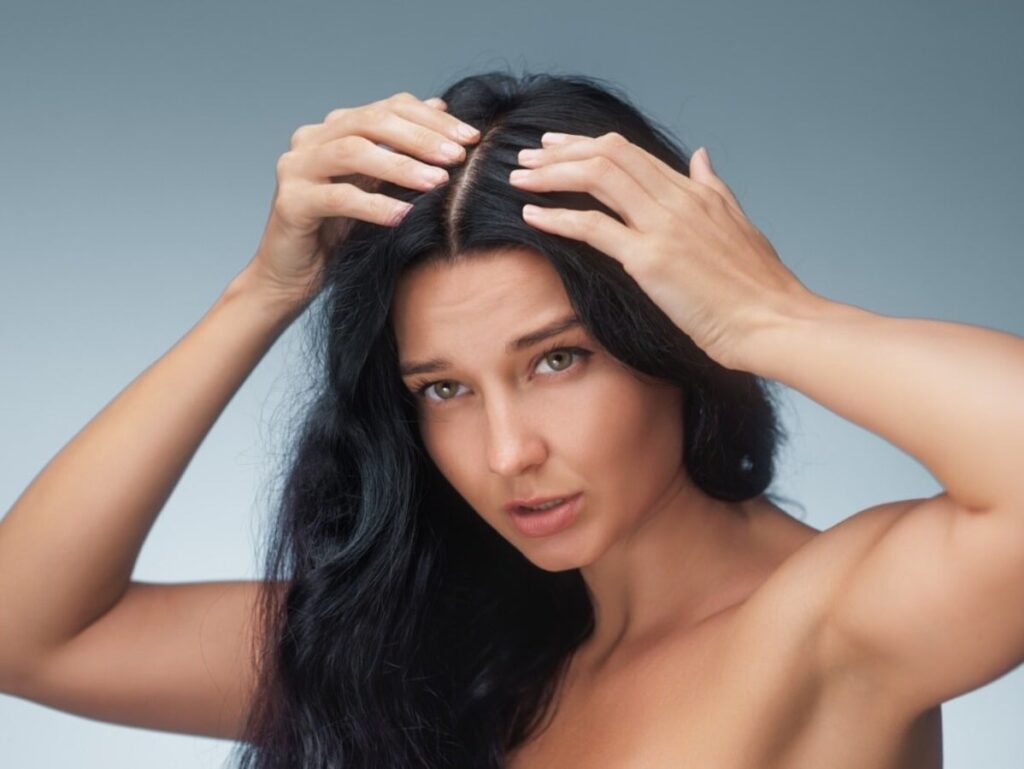As we age, the appearance of white or gray hair can become a concern for many individuals. While frequent visits to the salon for hair coloring can be convenient, they may also come with harsh chemicals that can damage your hair over time. Fortunately, there are natural alternatives that can effectively cover white hair without causing harm. In this article, we will explore how to make natural hair color at home, offering eco-friendly solutions that not only enhance your hair’s beauty but also promote overall hair health.
Benefits of Natural Hair Dyes
- Non-toxic ingredients: Natural hair dyes typically use plant-based ingredients that are gentler on the hair and scalp.
- Conditioning properties: Most natural dyes also provide conditioning effects, leaving your hair softer and shinier.
- Customizable shades: You can mix various natural ingredients to create a personalized shade that suits your style.
- Cost-effective: Making your hair color at home saves money compared to salon treatments.
Popular Natural Hair Dye Ingredients
1. Henna
Henna is a well-known natural dye that imparts a reddish-brown color to hair. It’s derived from the leaves of the henna plant and has been used for centuries.
2. Indigo
Used to create a deep blue color, indigo can be mixed with henna to achieve various shades. Combining henna and indigo provides a natural black color, which is an excellent option for covering white hair.
3. Coffee
Coffee can darken hair and is a good choice for people looking for a temporary color. Brewed coffee mixed with conditioner can give a rich brown hue to hair.
4. Amla Powder
Amla powder, rich in vitamin C and antioxidants, can not only help cover white hair effectively but also promote hair health.
How to Prepare Natural Hair Color at Home
Recipe for Henna and Indigo Hair Dye
| Ingredients | Quantity |
|---|---|
| Henna Powder | 100 grams |
| Indigo Powder | 50 grams |
| Water | Enough to make a paste |
| Optional: Essential Oils (e.g., coconut, olive) | 1 tablespoon |
Step 1: In a bowl, mix henna powder with warm water to form a thick paste. Cover and let it sit for 4-6 hours.
Step 2: After the time is up, add indigo powder to the henna paste and mix well. Add essential oils for extra nourishment if desired.
Step 3: Apply the mixture to your hair, ensuring it coats each strand evenly. Leave it on for 2-3 hours before rinsing it out with water.
Tips for Best Results
- Make sure to perform a patch test before applying any dye to check for allergies.
- For the best color release, use slightly acidic water (add a bit of lemon juice) when mixing the dye.
- Cover your hair with a shower cap while the dye is on to prevent it from drying out.
- Condition your hair after rinsing to maintain moisture and shine.
In conclusion, using natural hair color at home is a fantastic way to cover white hair while ensuring that your hair remains healthy and vibrant. Not only do these remedies provide effective results, but they also use ingredients readily available in your kitchen or local store. By opting for natural hair dyes, you are choosing a safe and environmentally-friendly option for enhancing your hair. Experience the benefits today and embrace the natural beauty of your hair!
